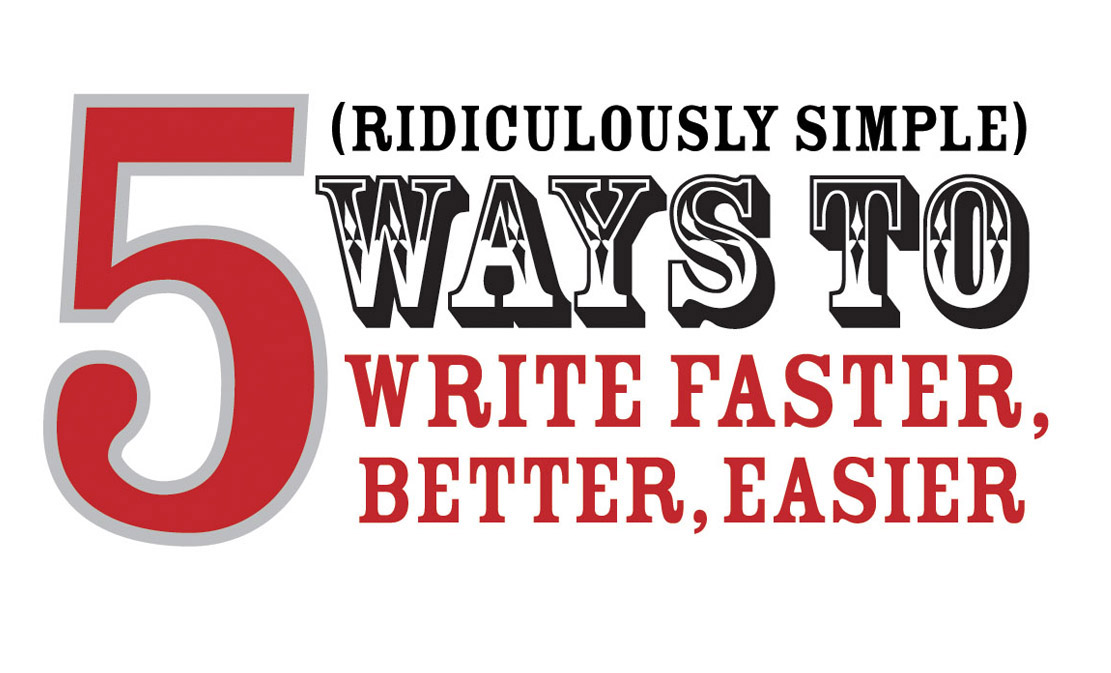Caution! 7 Signs of Lazy Corporate Video Stories
 Sunday, November 4, 2007 at 12:20PM
Sunday, November 4, 2007 at 12:20PM 
Time for a "gut check." Ready?
If your company video story disappeared tomorrow, who would miss it?
Everybody? Just a few people? If your gut is starting to sink, you're not alone.
Corporate videos have a long tradition of being lazy. Why? Steve Pressfield in "The War of Art" shares two main reasons:
Resistance sounds like:
"I know what needs to be done...but I'll start tomorrow. Maybe."
Rationalizing resistance sounds like:
"Let's justify the resistance. Not many people will see this video, so let's take the easy way."
Defeating these two forces will help you tell your video story in a way that will get people talking about you.
If your video story won't be missed by your community and audience, it might be due one or more of the "7 Signs." There are more, for sure. But these seven always raise their ugly head on every project.
Here are the seven common signs of laziness you need to watch out for when getting ready for your next project.
7 Signs of Lazy Corporate Video Stories
1. Lazy Purpose. Clear intentions create clear goals. Be absolutely clear in what you want to achieve when your video story fades to black. Most videos pack too many objectives into it with the result of confusing the viewer. Remember, one goal per video works beautifully.
2. Lazy Emotions. Even a little emotion can go a long way in helping your story connect with others. Find a hero with a problem that is overcome, and you'll instantly create a connection you'd otherwise not have.
3. Lazy Storytelling. Think about this: every product or service has a story associated with it. There was a time when a product or service did not exist, then it did. I call that "The Gap." A great place to find one of your stories is in that "gap."
4. Lazy Cinematography. There are times when you can capture remarkable footage when it's not planned. But don't count on this technique to carry your entire story. Spend time thinking, planning and designing scenes or transitions that will make your video "pop" and be memorable.
5. Lazy Music. While custom music score is ideal, you can't always afford one. Create a compelling soundtrack by digging deep into the vaults of stock music. Find unusual and different sounding tracks. You can't do this quickly. It takes time but is well worth the effort. Once you find a number of tracks, change the music every 30 seconds. Our brains are programmed to see and hear different things often, and music is no exception.
6. Lazy Narration. Avoid using a narration track all the way through the video. The ear will begin to tune it out and your mind will begin to wander. Use a narrator sparingly and purposefully. Change the sound of your audio track using different voices frequently, just like your music soundtrack technique.
7. Lazy Graphics. Design rules. Work with a dedicated motion graphic artist to weave your company's logo, colors, fonts, themes, etc. together into an organic looking story.
I hope you're not too lazy after reading this to drop me a note :-) I'm interested in hearing your stories.
What keeps you awake while watching a corporate video? (besides a cup of coffee!)
- What techniques worked for your corporate video?
- What didn't work? Why not?
- What would you do differently next time?
Feel free to post your thoughts here.
---Tom




Reader Comments (2)
A major issue I, and no doubt all other producers face, is trying to bring the client around to being more open to creative thinking and ideas. I cannot count the number of times I have been coerced into producing yet another 'talking head' corporate because the client simply could not see the value in spending a little more time getting to the heart of the project and 'finding its engine' so to speak.
The 'talking heads' thing is interesting.
I personally think the boring part comes principally from two main areas: the delivery and the script.
I've produced films that were largely 'talking heads' but were incredibly emotional and powerful. That's because the intention was deliberately set ahead of time to capture a story with a specific point in mind and it wasn't scripted; it was captured from the heart with an honest delivery.
Thanks for sharing! You got me thinking about a new post. :)
Tom